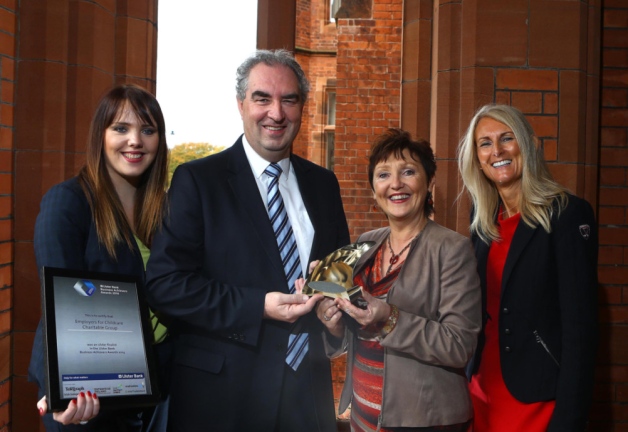Home
About Us
Page 2
With that, the Targeting Persistent HIV Reservoirs Grant Program seeks to efficiently monitor and specially target reservoirs of latently infected cells in order to facilitate and enable the testing of various strategies in curing HIV infections in vivo.
|
|
The NIH, together with its partner organizations, is set to administer annual funds in the amount of $275,000 to $300,000 to support the initiatives of this program.
The institutions and organizations which will be considered eligible to take part in this program are the following:
a) Higher Education Institutions such as Public/State Controlled Institutions of Higher Education and Private Institutions of Higher Education
b) Hispanic-serving Institutions, Historically Black Colleges and Universities (HBCUs), Tribally Controlled Colleges and Universities (TCCUs), Alaska Native and Native Hawaiian Serving Institutions
c) Nonprofit organizations other than institutions of higher education
d) For-Profit Organizations such as Small Businesses
e) State Governments, County Governments, City or Township Governments, Special District Governments, Indian/Native American Tribal Governments (Federally Recognized), and Indian/Native American Tribal Governments (Other than Federally Recognized)
f) Independent School Districts, Public Housing Authorities/Indian Housing Authorities, Native American Tribal Organizations (other than Federally recognized tribal governments), Faith-based or Community-based Organizations, and Regional Organizations.
Targeting Persistent HIV Reservoirs Grant Program
Back to Page 1
About The Author Iola Bonggay is an editor of TopGovernmentGrants.com one the the most comprehensive Websites offering information on government grants and federal government programs. She also maintains Websites providing resources on environmental grants and grants for youth programs. |
Additional Resources
category - Health Grants
Cancer Research Network: a Research Resource within Health Care Delivery System
Medical Tropical Research Laboratory Program Infectious Disease Research Award
Modeling Social Behavior Grant Program
Justice and Mental Health Collaboration Training and Technical Assistance Program
Follow @topgovtgrant
Social Entrepreneurship
Spotlight
Childcare Charitable Group Named Top Social Enterprise

Employers For Childcare Charitable Group (EFCG), a Lisburn-based charity, has been crowned top Social Enterprise at the Ulster Final of 2014’s Ulster Bank Business Achievers Awards. EFCG seeks to “make it easier for parents with dependent children to get into work and to stay in work.”
